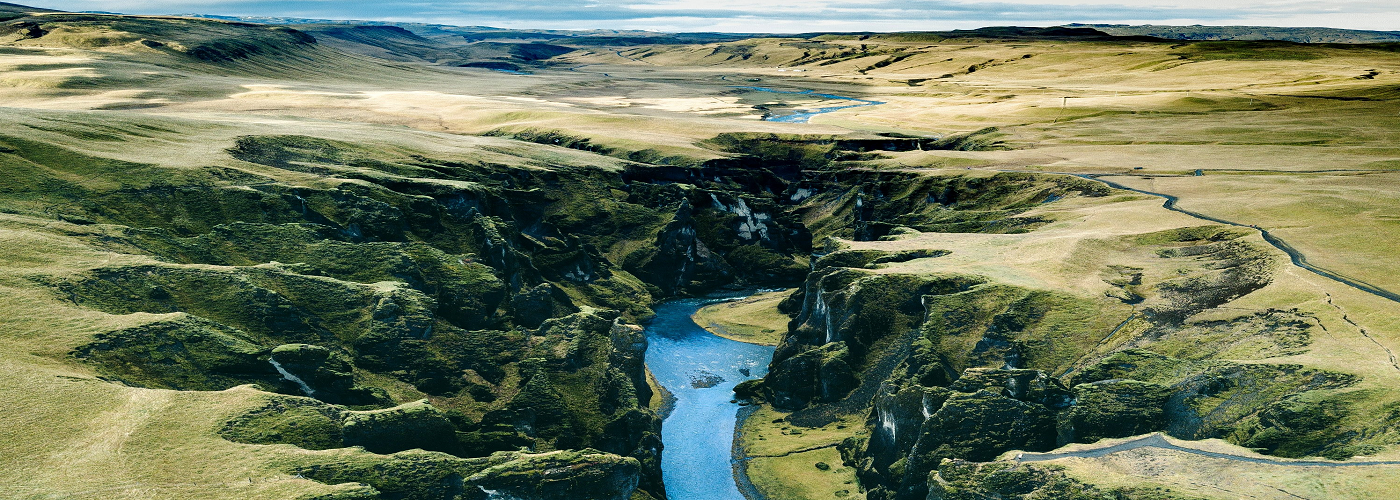

There's a place where a continent is
literally being ripped apart to form two separate continents and a
new sea in-between. Although this entire process will take 5-10
million years, the eastern portion of Africa, known as the East
African Rift, is an area being studied with many tools to
better understand what is going on geologically, including GPS and
satellite-based radar.
The Earth's crust is split into 7
major and 8 smaller minor tectonic plates. These sections of crust
encompass land that is both above sea level and also sections of
ocean floor. As these tectonic plates move past each other, they also
sometimes collide and even split apart, driven by the currents in the
more fluid, molten mantle layer deeper in the Earth. It is a rising
plume of magma from deep within the mantle that geologists believe is
driving the split or rift between Africa's Nubian and Somalian
plates.
Using GPS sensors, scientists are able to measure the
movement in the tectonic plates down to the millimeter scale. Along
with radar systems based on satellites orbiting Earth, geologists now have a better idea of the speed at which Africa's rifting is
occurring. They found that the Nubian and Somalian plates are moving
apart at a rate of 6-7 mm/year. At this rate, it will take roughly 5-10
million years to form a new sea.
This process has happened
before, too. In the same region, the Red Sea and the Gulf of Aden,
two long and relatively narrow bodies of water were formed when the
Arabian tectonic plate rifted away from the two African plates. It is
this long, narrow-style sea that geologists project will form in the
future along the East African Rift.






